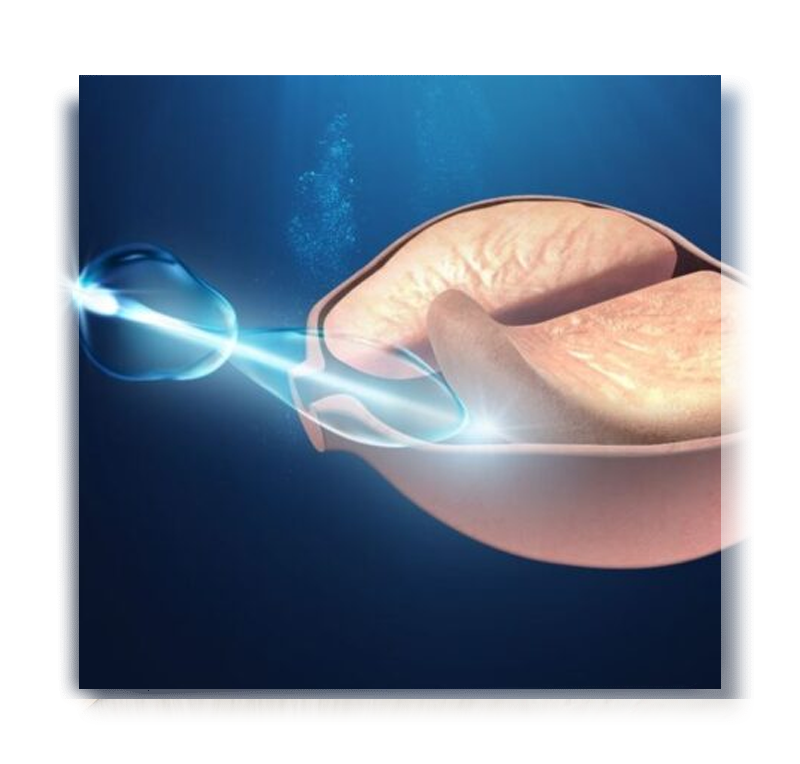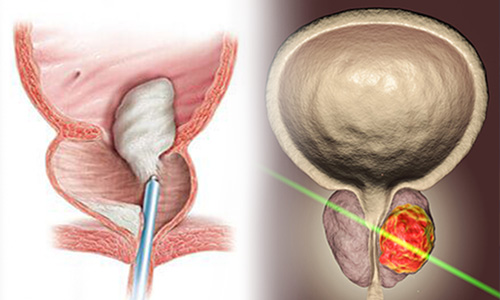Understanding Enlarged Prostate and its Effects
The prostate gland, an essential part of the male reproductive system, surrounds the urethra and produces seminal fluid. As men age, the prostate may gradually enlarge, causing compression on the urethra and leading to various urinary problems. These can include frequent urination, weak urine flow, difficulty starting and stopping urination, and the feeling of incomplete emptying of the bladder. If left untreated, an enlarged prostate can result in complications such as urinary tract infections, bladder stones, and kidney damage.
Preparing for HoLEP Surgery
Before undergoing HoLEP surgery, thorough evaluations and tests are conducted to determine the severity of the condition and ensure patient safety. These assessments may include a medical history review, physical examination, prostate-specific antigen (PSA) test, urinalysis, and imaging tests like urinary ultrasound or MRI scan of prostate. Additional procedures, such as cystoscopy and urodynamics testing, may be performed to evaluate the state of the prostate and bladder.
It is essential to inform your healthcare provider about any medications you are taking, as some may need to be temporarily discontinued prior to surgery. Additionally, you will need to refrain from eating or drinking anything after midnight before the procedure.
The Holmium Laser Enucleation of the Prostate Procedure
HoLEP is typically performed under general anesthesia, ensuring that you are comfortable and pain-free throughout the surgery. In some cases, a spinal anesthetic may be used as an alternative.
The procedure begins with the insertion of a surgical instrument called a resectoscope through the urethra. This device contains a camera that allows the surgeon to visualize the prostate gland. A holmium laser is then introduced into the resectoscope, emitting laser beams to remove the obstructive prostate tissue. This process, known as enucleation, involves removal of the enlarged prostate tissue from its capsule surrounding the organ. The prostate tissue dissected from its capsule is pushed to the bladder. Then the prostate is subsequently suctioned out using a morcellator.
To ensure comprehensive care, the removed prostate tissue is sent to the laboratory for examination, allowing for the detection of any underlying conditions, such as prostate cancer.
Duration of the Surgery
The duration of the HoLEP procedure varies depending on the individual case, particularly the size of the prostate and the complexity of the surgery. On average, the surgery can take anywhere from one to three hours.
Recovery and Post-Surgery Care
After the surgery, most patients can expect to be discharged after spending a few hours in a recovery room. However, some individuals may be required to stay in the hospital for additional monitoring. The healthcare team will flush fluid through a catheter to clear any blood from the urine, and as long as the urine appears clear pink or red, patients can be allowed to go home with the catheter in place.
The catheter is typically removed the day after surgery, unless there are concerns about excessive bleeding or other complications. Initially, urination may be painful and more frequent than usual, but medications can help alleviate these symptoms. It is normal to experience blood in the urine for several weeks, with the amount diminishing over time as the healing process progresses.
Symptoms such as increased frequency of urination, sudden urges to urinate, and nocturia (waking up at night to urinate) may take several months to improve as the bladder adjusts to the removal of prostate tissue. Burning sensations and light bleeding may persist for a few weeks after surgery, but over-the-counter pain relievers can help manage discomfort.
Side Effects of HoLEP
The most common side effects of HoLEP include temporary burning and bleeding during urination. It is normal to observe blood in the urine for up to three months post-surgery as the healing continues. Some patients may experience temporary urinary incontinence, but this typically improves after a few weeks. Retrograde ejaculation, where semen flows backward into the bladder instead of exiting through the penis during ejaculation, is a potential side effect. However, this occurs in approximately 75% of cases and does not affect sexual function or the ability to achieve an erection.
Percentage of Prostate Removed in HoLEP
The amount of prostate tissue removed during a HoLEP procedure depends on the size of the blockage or the pressure exerted on the urethra. On average, surgeons remove approximately 50% to 60% of the total prostate volume, aiming to alleviate the symptoms caused by the enlarged gland.
Conclusion
Holmium laser enucleation of the prostate (HoLEP) is an effective and minimally invasive treatment option for individuals suffering from an enlarged prostate. This procedure offers lasting relief from urinary symptoms associated with benign prostatic hyperplasia (BPH) while ensuring a faster recovery and decreased risk of complications compared to traditional prostate surgeries. If you are experiencing symptoms related to an enlarged prostate, consult with your healthcare provider to determine if HoLEP may be an appropriate treatment option for you.









